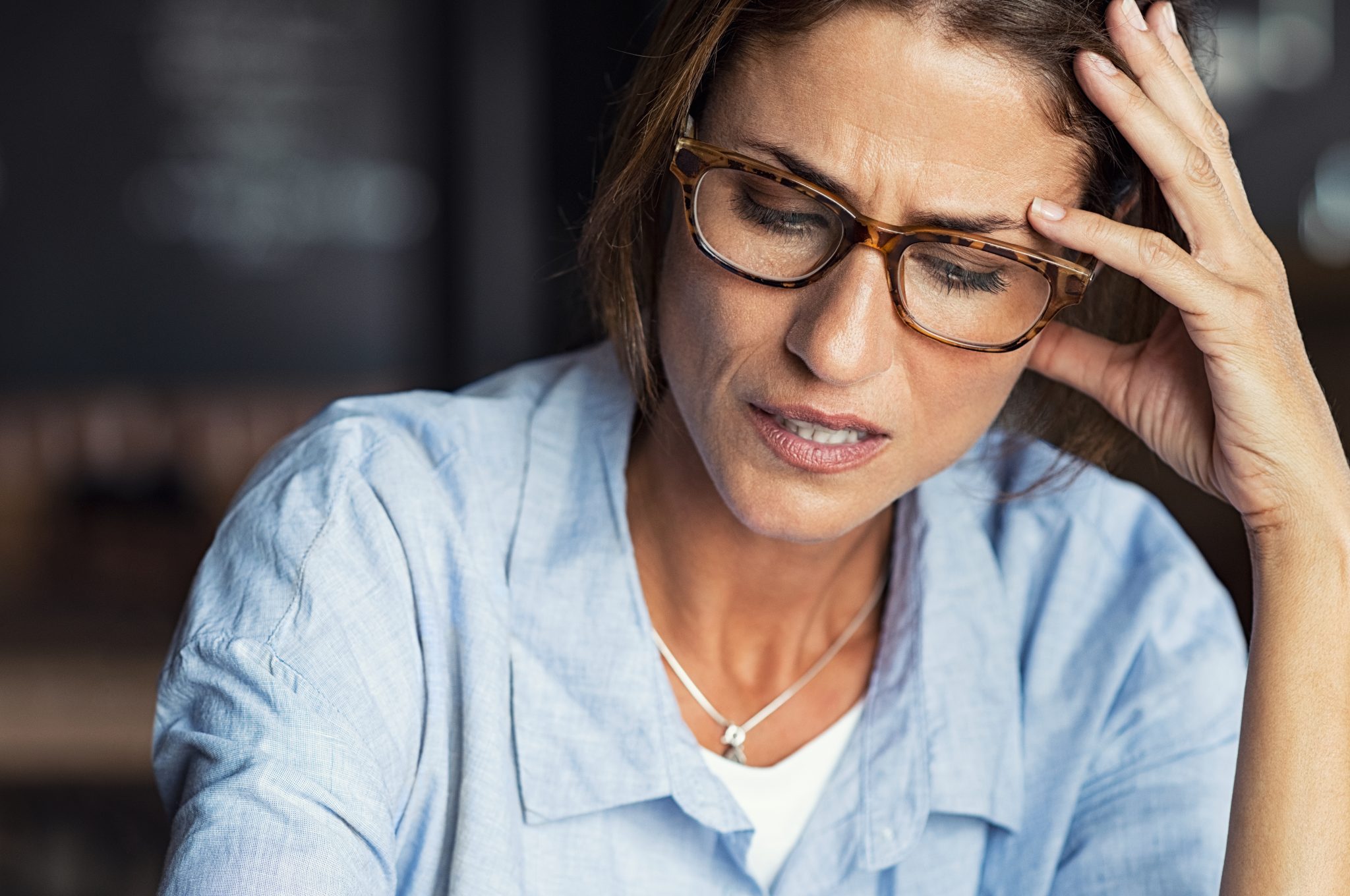Are women more prone to vein disease?
Swollen veins that occur over the skin surface are classified as vein diseases. These veins are usually dark purple or blue and sometimes twisted. Varicose veins and spider veins are the two most common types of vein disease. They are usually seen on the lower part of the body, such as the legs and feet.
Vein disease is a lot common in women. More than 50 percent of women in the United States suffer from vein disease. When blood vessels are dilated, they form spider veins or varicose veins. These veins are branched or web-like but rarely cause any pain.
Vein disease does not concern women appearance-wise. They can also cause health risks, such as:
- Impulsive bleeding that occurs because the skin over the veins gets thinner. The veins are easily injured and may result in a lot of bleeding.
- Inflammation of veins that is caused by lessening of blood flow through them. This results in vein damage and blood clotting. It can cause pain and swelling in that particular area.
- Venous leg ulcers which are caused when the vein does not give a sufficient amount of fluid to the body. The skin gets swollen since it receives insufficient oxygen and forms an ulcer.
Some symptoms of vein disease
Vein disease can sometimes be painful. People suffering from vein disease feel tiredness and heaviness in their legs. Throbbing and aching of legs is a very common symptom. Ankles, lower legs, and feet also swell as a result and is known as venous stasis. Your skin may start itching, and in rare cases, blood clots and ulcers develop.
Vein disease is not always noticeable. If symptoms are not visible and you seem to have a problem, consult a specialist. The specialist will perform an ultrasound or a vascular test to determine if you have vein disease or not.
Why are women more prone to vein disease?
Vein disease is very common in people, mainly amongst women. Women carry a higher risk of vein disease than men do. This is because of the hormone progesterone that is produced in the female body. Though progesterone is also produced in males, it is higher in females. Higher levels of progesterone lead to a higher risk of vein disease. Studies have shown that spider veins, varicose veins, etc. are found to have receptors in them that make them responsive to the effects of progesterone.
Relation between vein disease and progesterone
Many of us may wonder how vein disease and the levels of progesterone are related. Apart from controlling menstrual cycles in women, the hormone progesterone also relaxes the blood vessels. Research shows that when the blood vessels relax, the small valves in them also relax. When blood flows, it exerts pressure on these valves and makes them weaker. As women have higher progesterone levels, they are more prone to vein disease.
What leads to vein disease in women?
Veins pump the deoxygenated blood back to the heart from where it gets oxygen and is returned to all parts of the body. Veins have valves present in them that prevent clotting and backflow of blood. When these valves get weaker, they stop functioning properly. This results in blood flowing down to the veins and pooling at one point, causing clots and swelling. The veins in the legs are affected more since they have to exert more pressure against gravity to push blood back to the heart. This is why vein disease affects women, particularly in the legs.
Risk factors of vein disease in women
Some women are at high risk of having vein disease. Some of the risk factors are as follows:
- Genes
Women having a family history of vein disease are likely to develop them.
- Gender
Since women have higher levels of progesterone, they are more prone to vein disease.
- Pregnancy
Changes in hormone, uterus pressure, and increase in the volume of blood lead to a high risk of vein disease. However, it gets better within three months after delivery. But with successive pregnancies, it tends to worsen and enlarges.
- Menopause
As women get nearer to the stage when menopause occurs, their bodies go through a change in hormonal levels.
- Birth control pills
Birth control pills, estrogen, and progesterone disturb the normal hormonal activity in your body, thus leading to a risk of having vein disease.
- Age
As you get older, the risk of vein disease increases. Women who are above 50 years of age are likely to have vein disease.
- Obesity
Women who are overweight have a greater chance of developing vein disease.
- Job
If you have work that requires you to stand for a long period of time at one place, it puts pressure on your veins and results in vein disease.
- Leg injury
Any injury in the legs can rupture the veins, which result in vein disease.
How to avoid vein disease
Women can do many things to avoid vein disease. Some of them are as follows:
Losing weight can help reduce the risk of having a vein disease.
Do not stand for a long period of time. Keep moving time to time, so that blood flow is kept regulated.
Whenever you are sitting, try lifting your legs up after some time. Elevate them well-above the level of your heart if possible.
Avoid wearing tight clothing. Loose clothes help blood flow properly.
Try eating high-fiber foods in your diet, such as vegetables, fresh fruits, and whole grains. Constipation can also be a cause of vein disease. Avoiding constipation can ultimately avoid vein disease.
How to treat vein disease in women?
Vein disease can be treated with home remedies. Wearing compression stockings can help provide consistent and gentle pressure on your legs. This helps the blood to pool at one place in your blood vessels and prevents swelling. Compression stockings are easily available at pharmacies and medical stores.
If vein disease does not get better with home remedies, there are other options available too. Surgery, injection therapy, and laser therapy are some of the choices. A specialist can recommend the best procedure that is most suitable for you.





